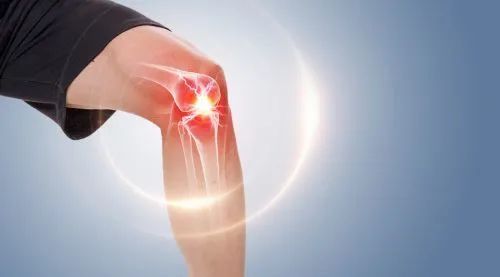Affected by physiological factors, middle-aged and elderly women are at high risk of osteoporosis, because menopause will accelerate bone loss. In my country, osteoporosis is no longer a “senile disease”, and young and middle-aged groups are also very easy to “get caught”. Among them, poor living and eating habits become the main pathogenic factors. Osteoporosis, as a “quiet” disease, should be prevented from young people to prevent it from happening.
Preferences for postmenopausal women
Bone density values between minus 1 and minus 2.5 are called osteopenia. When it is less than minus 2.5, it is osteoporosis, and there is a potential risk of fracture. The probability of women suffering from osteoporosis is higher than that of men, and the age is mainly concentrated between 50 and 69 years old.
As you age, your body naturally loses bone mass. Most women experience menopause between the ages of 50 and 60. During this period, women’s ovarian function decreased significantly, and estrogen levels also “slipped” sharply. After the bones lose the protection of estrogen, the loss of bone mass is accelerated, making most women vulnerable to osteoporosis after entering menopause. In addition, women usually do not like to exercise as men, and lack of exercise can reduce the toughness and strength of bones and accelerate osteoporosis. Therefore, postmenopausal women should adhere to moderate exercise every week to improve bone strength.
Young and middle-aged people are also “successful”
In addition to middle-aged and elderly women who should pay attention, more and more young people are now “being recruited”. The population of osteoporosis patients in my country has shown a younger trend.
In fact, no matter what age group, if the calcium in the bones is insufficient, the bone mass and bone density are low, and osteoporosis is likely to occur. Especially in the fast-paced modern social life, young people are busy with work and lack of exercise and sunlight exposure, which is not conducive to the absorption and storage of calcium. Incorrect posture and maintaining a certain posture for a long time (such as kneeling and sitting) are easy to overload the bones and are not beneficial to the absorption of calcium.
Start with diet and exercise
According to the growth law of the human body, the bone mass of people aged 20-35 should be close to or reach the peak of bone, and it seems that there is no need to worry about osteoporosis happened. However, some poor diet and living habits can seriously affect bone mass, such as the following:

1. Often drink strong Tea, coffee, and a lot of carbonated beverages.
2. Excessive sun protection.
3. Excessive dieting and weight loss, worrying about stone disease and low calcium diet.
Other adverse factors such as family inheritance, malnutrition, underweight and excessive smoking and drinking can also interfere with bone metabolism, making young people prematurely enter the ranks of osteoporosis patients.
Calcium supplementation is the foundation of prevention and treatment of osteoporosis, especially for the elderly, it is necessary to prevent the loss of calcium. At the same time, a scientific and balanced diet can “support” the bones, and usually should consume enough vitamin D, vitamin K, potassium, magnesium and B vitamins to promote the full absorption of calcium. Of course, the more calcium the better, the daily intake should be 800-1000 mg.
In daily life, reasonable exercise and healthy living habits can further strengthen the bone foundation. It is recommended to take some time every day to bask in the sun for 1 hour or take a walk, play tai chi, and dance square dancing. These will help the production of vitamin D, strengthen bones, and meet the body’s demand for calcium. At the same time, it is also beneficial It is used to improve muscle strength and balance, coordinate the ability of limbs, and avoid falling and causing fractures.
Source: Jilin 12320